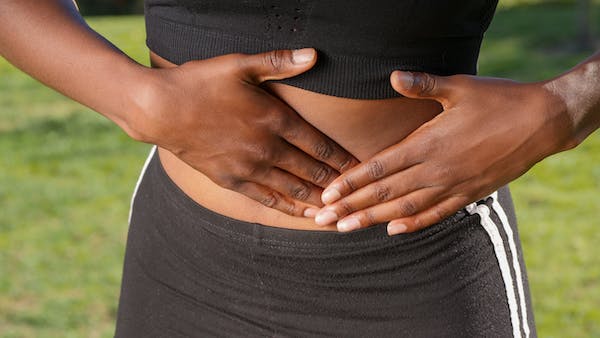Various Abdominal Regions Where You Can Experience Pain

We usually think of abdominal pain as coming from the stomach, but it can also come from other parts of the abdomen. It could be related to gas, ulcers or urinary problems and can be a sign of a more serious underlying medical condition.
The abdomen is a complex area that includes various organs and structures. It is separated from the chest by a large muscle called the diaphragm.
The Abdominal Muscles
The abdominal muscles are the largest in your body and play a critical role in stabilizing your core, strengthening it and keeping you stable and balanced. They also help with posture and breathing.
The rectus abdominis is one of the first muscles that comes to mind when you think of “abs.” These muscles go from your ribs down to your front pelvis and hold your internal organs in place. They also involve trunk flexion when the pelvis is fixed (such as during leg raise exercises).
Your rectus abdominis, which sits on either side of your obliques, regulates thoracic rotation and lateral flexion. They also help your overall posture by pulling your chest down and creating intra-abdominal pressure to protect your internal organs. Your abdominal muscles are crucial to protect your organs and stabilize your body while moving. Abdominal muscle issues are a common occurrence. Gastroenterology Of The Rockies can help if you believe you have strained an abdominal muscle, especially if pain prevents you from performing daily tasks.
The Abdominal Wall
The abdominal wall is a complex structure surrounding the cavity and comprises several layers. These include the skin, superficial fascia (Camper superficial fascia and Scarpa deep fascia), muscles, transversalis fascia, extraperitoneal fat and parietal peritoneum.
The rectus abdominis muscles are long, straight muscles that run vertically on either side of the anterior abdominal wall and are separated by the linea alba. These muscles have a string of four fleshy muscular bodies connected by three narrow bands of tendon called the ‘tendinous intersections.’
In most people, the the’six-pack’ shape of these muscles is visible through the surface fascia and skin, making them easy to spot on the abdomen.
The 12th thoracic vertebra, all five lumbar vertebrae, and the corresponding intervertebral discs support several muscles that comprise this structure. Joint muscles in this region include the quadratus lumborum, iliacus, and psoas major.
The Abdominal Cavity
The abdominal cavity is the most significant hollow space in the body. It separates the thoracic cavity from the pelvic cavity and is lined with a protective layer called the peritoneum, which plays a role in immunity, supporting organs, and fat storage.
The peritoneum is divided into two sections, the parietal and the visceral. The parietal section covers the inside wall of the cavity, while the visceral part covers the intra-abdominal viscera and mesenteric lymph nodes.
These membranes help hold the organs in place and secrete a lubricating fluid to reduce friction between the organs. They also connect the organs and attach intestines to the back abdominal wall.
Nine areas make up the abdominal cavity. These areas are the liver, stomach, spleen, pancreas, kidneys, ureters, colon, small intestine and duodenum.
The Abdominal Organs
The human abdomen houses a complex network of organs that perform digestive functions. It also includes the urinary system and reproductive organs.
The peritoneum, the sheet of tissue that lines your abdominal cavity, surrounds most of your abdominal organs. It pads and insulates them, helps hold them in place and secretes a lubricating fluid to reduce friction when your organs rub against each other.
Your peritoneum also helps protect your abdominal organs from infection, disease and injury. It contains layers of fat that keep them warm and prevents the spread of germs and pathogens to your other organs. Your peritoneum is also home to the mesentery, a thin, flat tissue enclosing all the viscera and blood vessels. Your mesentery carries blood, lymph and nerve supply to and from your abdominal organs.




